Malayir (Malayer) Rugs
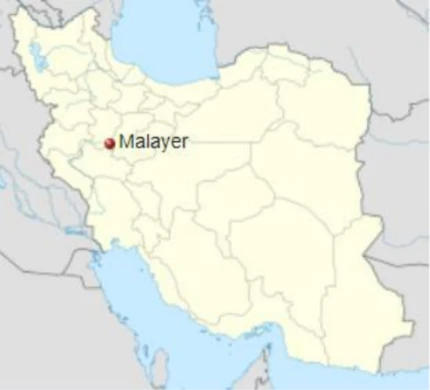
Malayir (also Romanized as Malayer) lies on
the margin of the Alvand Mountain, a point
of junction between the Zagros folds and the
central Iranian plateau. It is a historical city
in Hamadan Province and the second big
urban settlement after the city of Hamadan
(Ecbatana).
Alvand’ rich pastures have been loved by
nomadic and semi-nomadic folks as well as
settled villagers during millenniums. In
central Zagros there are thousands of villages
as well as semi-settled tribes. Therefore
Handy-crafts in the area are mostly produced
in big numbers in the villages around
Hamadan which are located on various
mountainous routes. Rug weaving is a
fundamental craft for the mountain folks.
These villages gave their name to their rugs
such as Josan (Jozan) where the best weave is
applied.
Technical aspects and the structure of Malayir Rugs
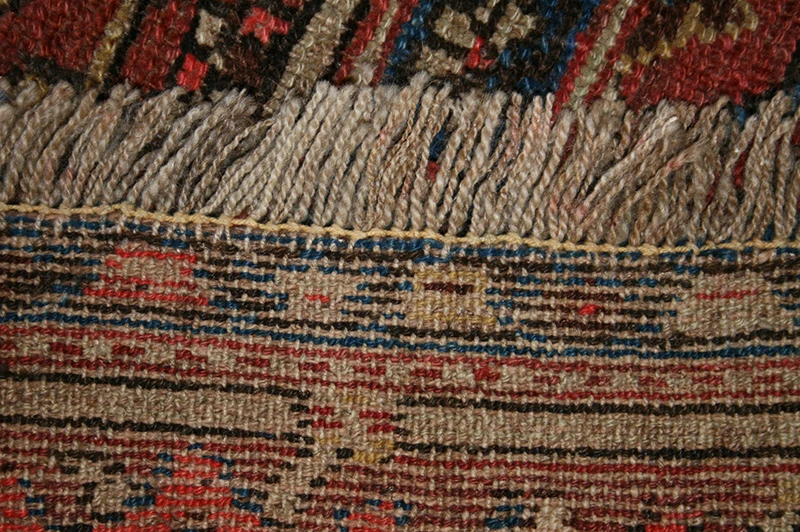
Villages of Malayir mostly follow the
structure of the Hamadan area: woolen piled,
single-wefted, and woven with the
symmetrical/Turkish knot on cotton warps
and wefts. All follow this structure but
Malayir itself which is double-wefted; a big
exception in Hamadan area.

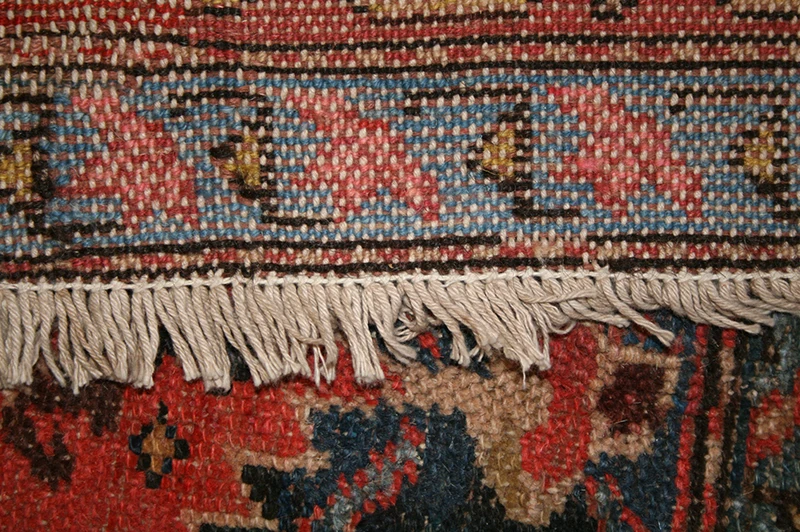
Lustrous yarn of the area has world-
reputation.
The production is mainly in rug sizes.
120×180 is the most favored size.
Dyeing and painting of Malayir rugs

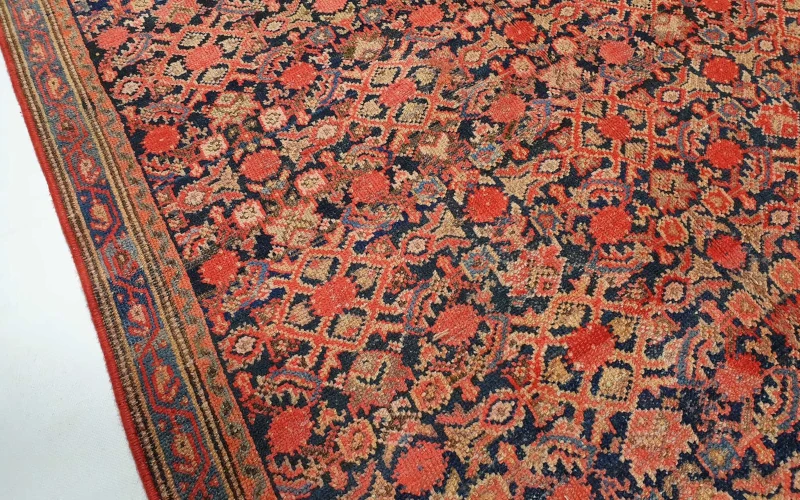
Dark blue is the most favored ground shade.
Red and cream are also made. Acid
moderated madder brings shades of rose and
vermillion. Undyed camel hair of the region
brings a gold shining in the ground midnight
blue. Actually Lustrous yarn of the region
make all shades glow. Benefitted by the Zagros’ nature, the palette
of the area is not corrupted by chemical dyes.
Designs and patterns of the Malayir rugs
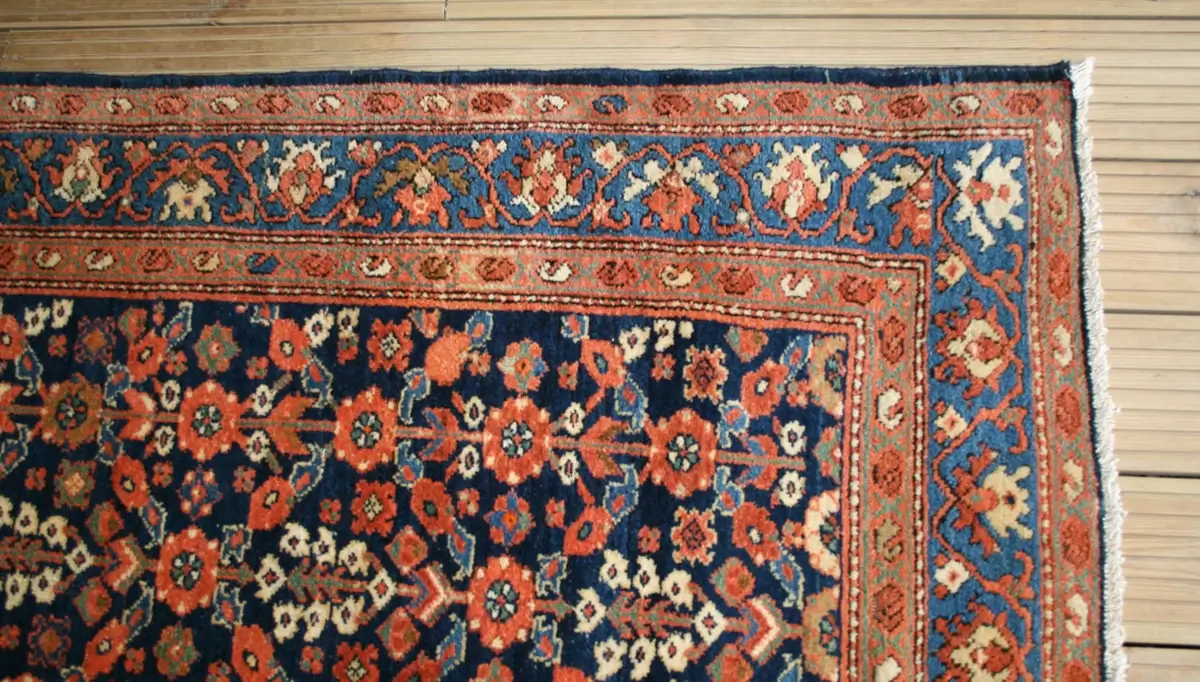
Malayir lied on the pastoral route from
Hamadan to Arak, alongside which stand
Farahan and Saruq. These cities have two
schools in design. Antique ones enjoy classic
versions of Herati patterns and medallion
designs, but semi-antiques (known as
American Saruq or Ziegler) have central
medallion designs executed with a quality of
lines resembling graph-paper lines, tending
in some pieces to geometric medallions.
Despite their difference in weave structure
Malayir has been influenced by American
Saruqs style. The traditional school has its
own influence as well as Hamadan and
Borujerd. Rather small medallion and big
corners and large floral patterns are
characteristics of Malayir pieces.


